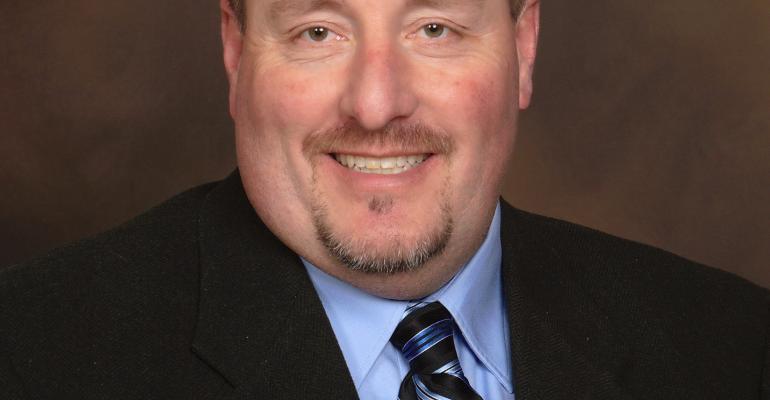Perhaps the automobile industry’s biggest challenge took on new urgency in mid-December when NHTSA issued an amended consent order aimed at raising airbag-related recall repair rates.
The changes boost this effort by defining, for the first time, what constitutes a VIN that is no longer in service and, therefore, no longer is in need of repair. Vehicles may now be classified in the “other reasons” category of unreachable owners if all the following conditions are met:
- The vehicle is at least five years old.
- The vehicle has not been registered with any state or territory for at least three continuous years (or registration expired at least three years prior).
- At least one independent nationally recognized source confirms the vehicle no longer is in service. These may include the National Motor Vehicle Title Information Service (NMVTIS) records, a license-plate-recognition data source or a vehicle-history report reflecting a lack of activity, such as repairs, maintenance, or title transfers, for at least three years.
If automakers use this opportunity to enhance their data on scrapped vehicles, repair rates can be immediately improved an average of 20%. However, the consent order specifies that any savings resulting from that change must be put back into repairing vehicles that are still in use.
It also states that moving VINs to the “other” category must be done with the full knowledge of NHTSA. Vehicles that were stolen or exported will be monitored and removed from this list if they reappear in circulation.
Along with this new guidance, the consent order outlines its findings on several ongoing challenges preventing manufacturers from reaching higher repair rates, including:
- Providing clear, accurate and consistent information to the public.
- Lack of replacement parts, or confusion regarding what constitutes “sufficient supply” to launch a campaign.
- Inadequate vehicle-owner outreach efforts.
NHTSA requests that automakers put together a detailed plan for how to address each of these issues.
In light of these amendments, it is more important than ever for automakers to identify new parts suppliers to meet the demand, update vehicle-owner data, ensure messaging is consistent across all forms of communication and utilize an airbag retrieval service if necessary.
They also should expand their outreach to include multichannel notifications, which can raise repair rates with each additional communication method.
For example, by using a combination of mail, phone and email outreach, one automaker executing an airbag recall was able to increase repair rates from just 11% to 42%. In another, non-airbag related recall, repair rates doubled to 56% from 28% with this approach.
By taking proactive steps, automakers can move toward achieving NHTSA’s aspirational goal of achieving 100% repair rates.
The best practices for increasing repair rates also work to enhance the customer experience. When recalls are executed correctly, they can create a positive interaction and provide an opportunity to engage with vehicle owners who haven’t interacted with the company since the car was purchased. This helps lay the groundwork for vehicle owners to return to the company for other services or, better yet, when they find themselves in need of a new car.
As manufacturers evaluate which multichannel notifications to incorporate into their recall communications, it is important to connect with owners using the method they prefer. Currently, dealer service communication overwhelmingly takes place either in person or over the phone. Yet, a recent survey by J.D. Power shows that roughly a third of customers across generations prefer text messages or email.
Automobile safety is a top priority and NHTSA’s December consent order provides important guidance that will help protect an automaker’s brand reputation and foster customer loyalty for the long haul.
Wayne Mitchell is Director of Automotive Solutions for Stericycle, a global B2B consultant.





